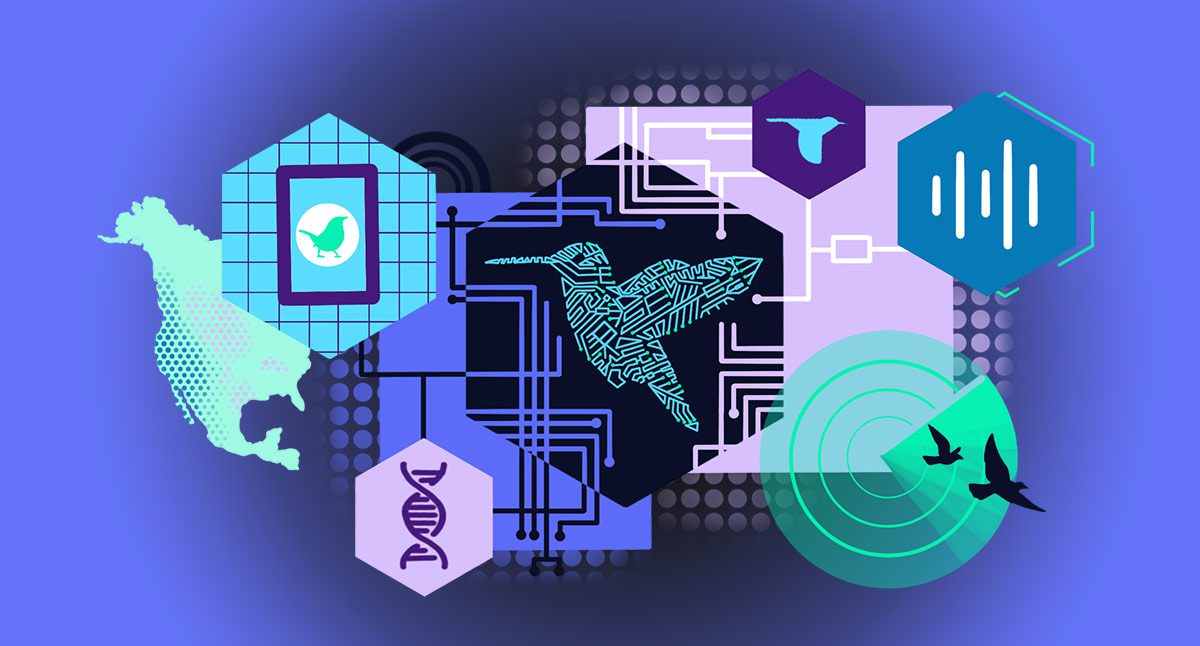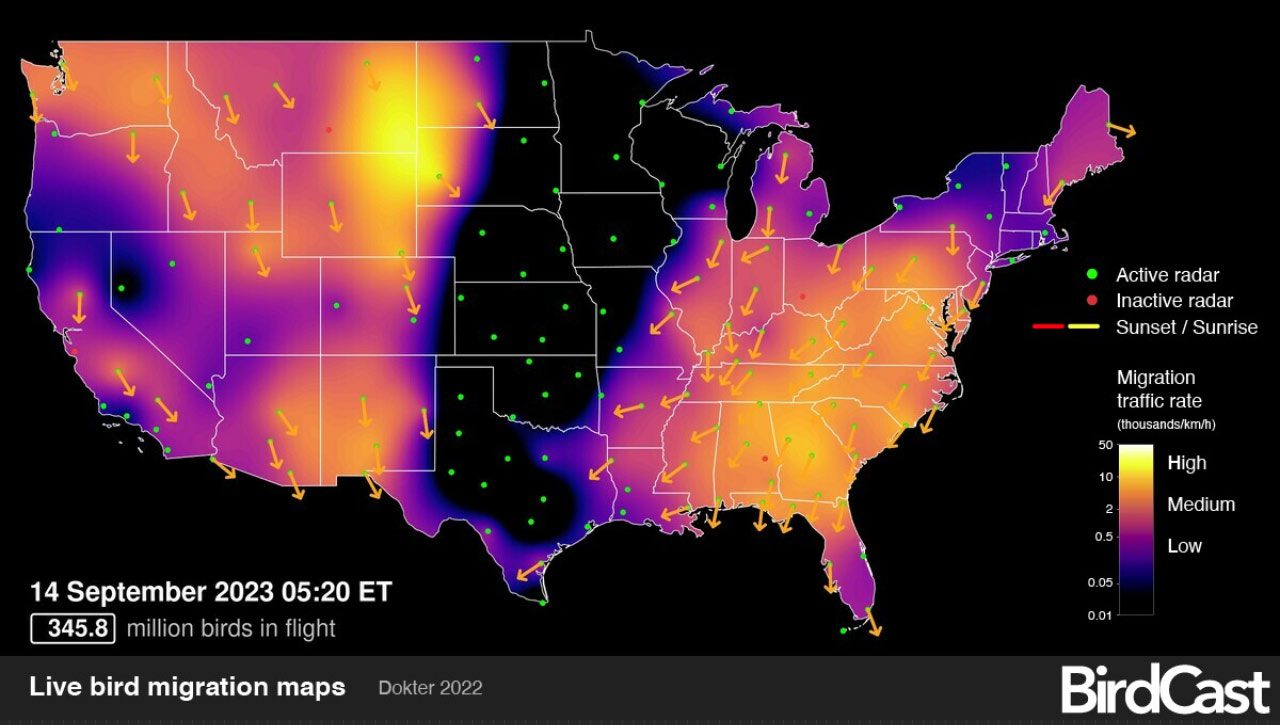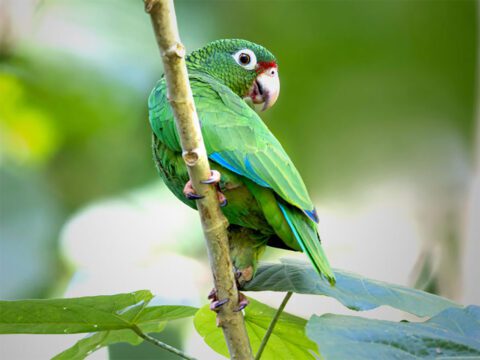View From Sapsucker Woods: What Has Artificial Intelligence Ever Done for Birds?
September 25, 2023
From the Autumn 2023 issue of Living Bird magazine. Subscribe now.
The media is awash with stark warnings that artificial intelligence threatens to destroy civilization, yet I’m excited about what AI can do for birdwatchers and birds.
AI is already powering extraordinary advances in birdwatching and conservation. Take the bioacoustics revolution that you’ll read about in a feature article from this issue, What Conservation Sounds Like. Landscape-scale acoustic monitoring of biodiversity across forests and oceans is founded on being able to automatically detect a huge variety of species of birds, mammals, amphibians, insects, whales, and even fish. The breakthrough technology has been new AI algorithms, like the BirdNET software developed by the Cornell Lab of Ornithology, that can accurately classify the calls of different species and run on low-power microchips. It’s the same kind of technology that’s under the hood of the Sound ID functionality in the Merlin bird identification smartphone app. With its power to identify bird species via the vocalizations heard by a smartphone, Merlin has exploded in popularity this year with over 5.5 million users and rave reviews across traditional and social media. AI is opening up nature to huge new audiences, and providing conservationists with an amazing new tool.
AI is also advancing our fundamental understanding of bird migration, and enabling communities to make smart conservation decisions. For instance, the Cornell Lab’s BirdCast project produces nightly map visualizations that track the live movement of hundreds of millions of nocturnally migrating birds, and even predicts migration in the coming nights. All that has been made possible by using AI technology to analyze the live data streams from hundreds of weather radar stations. In response, communities from Houston to Chicago have launched local Lights Out campaigns, turning out lights across entire cities on peak migration nights to minimize the risk of birds colliding with buildings. We’re now working to combine the ability to track migrating birds with automated recognition of their flight calls to identify exactly which species are migrating when and where.

And finally, there are the eBird Trends maps that have so powerfully exposed the ongoing decline of so many bird populations, and are already being used by government agencies and conservation groups to make decisions. eBird Trends maps show localized population trends for individual bird species, at scales that can be dialed into an 8-mile radius. These insights are only possible because of the huge volume of data that birdwatchers have collected—over 1.4 billion observations in eBird alone! Data of that scale and complexity are impossible to analyze using conventional statistical methods. The eBird Trend maps are based on a new double-machine-learning approach, explained in detail in a peer-reviewed article recently published in the journal Methods in Ecology and Evolution, that can detect long-term trends even when there are many differences between species, habitats, and observers. AI allows us to get the maximum power from citizen science.
So why is AI so controversial? The media focus is on new generative AI models, like ChatGPT, which make it possible to ask a computer a question and get back a succinct, intelligible answer derived from scraping information from across the internet. The answer isn’t always correct, sometimes it’s even misleading, but it sounds authoritative. In that sense generative AI is a threat because it could become increasingly difficult to know what is really true, and that matters in science and conservation. Organizations like the Cornell Lab are going to need to work hard to incentivize the use of accurate information.
Yet even with the new generative AI models, I remain excited about the opportunity to make information more accessible and useful. I’d love for people to be able to ask questions that are relevant to them in everyday language, and get exactly the right text or images or graphs or videos to answer that question. How do I tell different loon species apart in flight? Are raptors declining in Wyoming? Where should I go birdwatching near Dallas this weekend? We have the information to answer those questions, but right now it’s not always easy to find, and in some cases you’d need to be a pretty handy statistician. Generative AI interfaces could break down those barriers.
We need all the help we can get in figuring out the smartest ways to live alongside nature, and inspiring people to want to do that. Used wisely, AI is an incredibly powerful tool in that endeavor.

All About Birds
is a free resource
Available for everyone,
funded by donors like you
American Kestrel by Blair Dudeck / Macaulay Library


